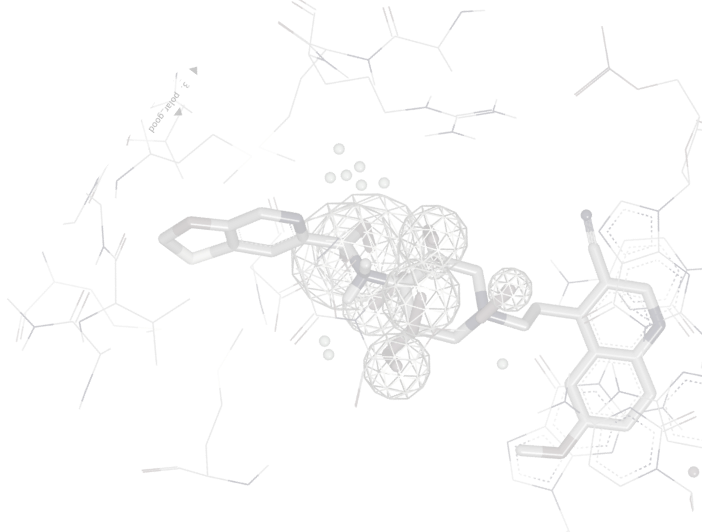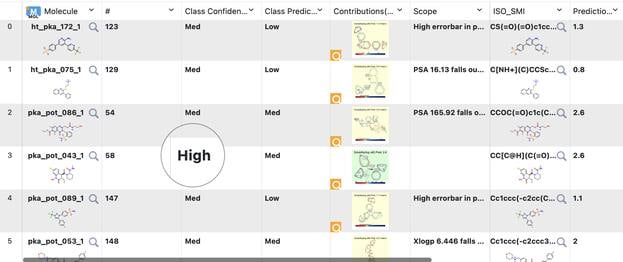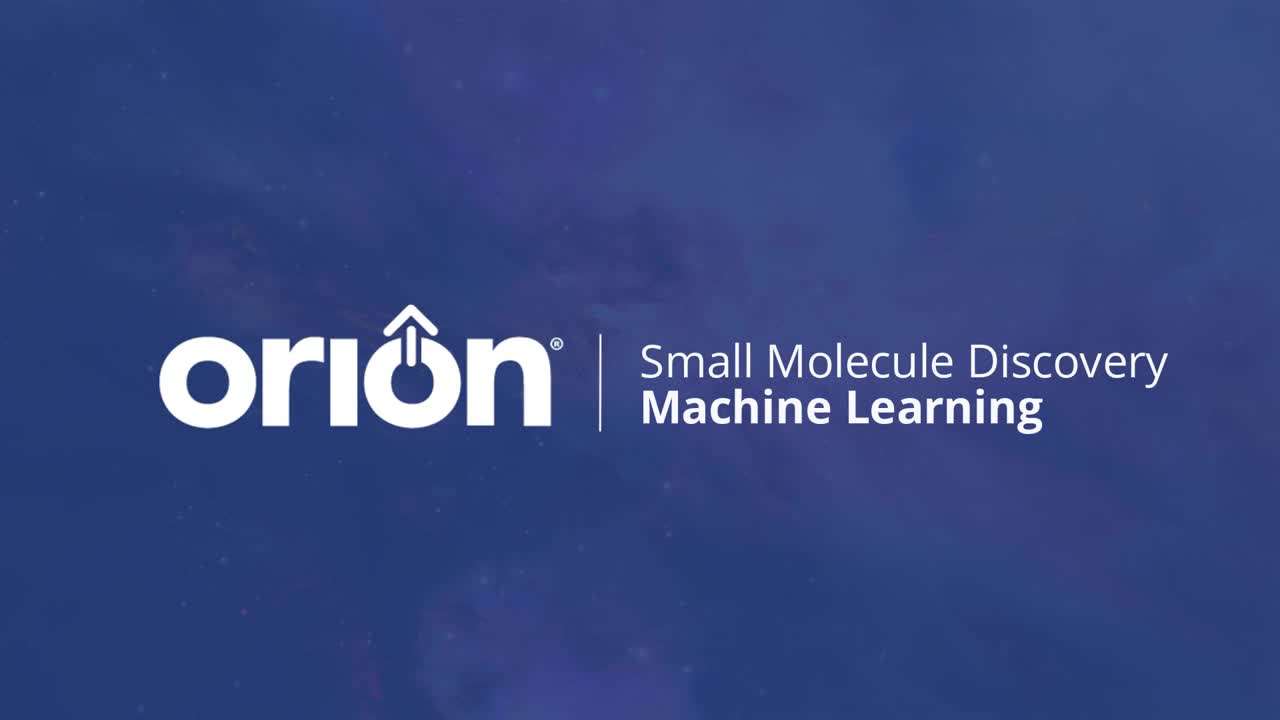
OpenEye Machine Learning and Molecule Explainer
Build machine learning models, assess model quality, visualize and understand the results – all in one environment.
Machine learning (ML) models are typically opaque to the user, producing predictions that are difficult, if not impossible to interpret.
Unlike other opaque approaches, the ML tools in Orion allow you to build models, assess quality, and understand your results in a chemically intuitive way.
In addition to building ML models, users also have access to pre-trained ML models for solubility and hERG toxicity.

Features
- Transparency. Explains predictions with molecular annotations
- Confidence. Domain of applicability is provided with the predicted values
- Performance. Extremely fast model building and computation
- Customisability. Guided workflows and pre-trained models (solubility and hERG toxicity) are provided
- Control. Highly parameterizable for novice use and expert control
- Modularity. Integrate with other physics-based and cheminformatics methods and pipelines

OpenEye’s guided workflows (Orion® Floes) are designed to help you quickly build and assess your machine learning models. The built-in Molecule Explainer(TM) feature provides you with an easy to understand visual explanation of the predicted physical properties for your small molecules.
-
OpenEye uses a fully connected and probabilistic neural network implemented in TensorFlow that makes machine learning faster and easier.
-
We have created a Molecule Explainer to provide visual insight into the predicted results at the fragment or atomic level. Molecule Explainer is an adaptation of the Local Interpretable Model agnostic Explanations (LIME [2]) technique, which maps machine learning predictions onto molecular structure.
-
OpenEye machine learning output report makes it easy for scientists to assess the quality of the predicted results. For each prediction, a class confidence (low, medium, or high) is assigned to the predicted value.
-
OpenEye's machine learning default parameters is convenient for novice user to build models, but can be highly parameterizable for expert control. In addition, visualization and statistics provided with each model can help you select best models for your dataset. With the 2023.1 release, it is also possible to update previously built models with new data.
-
OpenEye’s Orion, a web-based modeling platform, lets you seamlessly integrate both physics-based (classical and QM) models and data-driven (machine learning) models into your computational drug-design projects.
-
New features include:
- Ability to add a custom feature vector for building machine learning models
- Options to build classification or regression models.
- Update previously built models with new data
- Predict and explain hERG toxicity in an intuitive way
Learn More
OpenEye’s machine learning tools help you generate data-driven models, speed up your drug design process, and reduce cost by reducing failure rates.

And, you can also WATCH OpenEye’s miniWebinar recording from September 8, 2022 on machine learning with one of our domain expert scientists, Sayan Mandal, Ph.D.
miniCUP Cambridge 2025
Cadence Announces New Life Sciences Leadership
Expanding Orion’s Capabilities with AI
miniWebinar: Faster, Larger, Smarter: Filling the Funnel for Ultra-Large Scale Virtual Screening
Resources
Glimpse the Future through News, Events, Webinars and more
Event
miniCUP Basel 2025
Event
miniCUP Cambridge 2025


